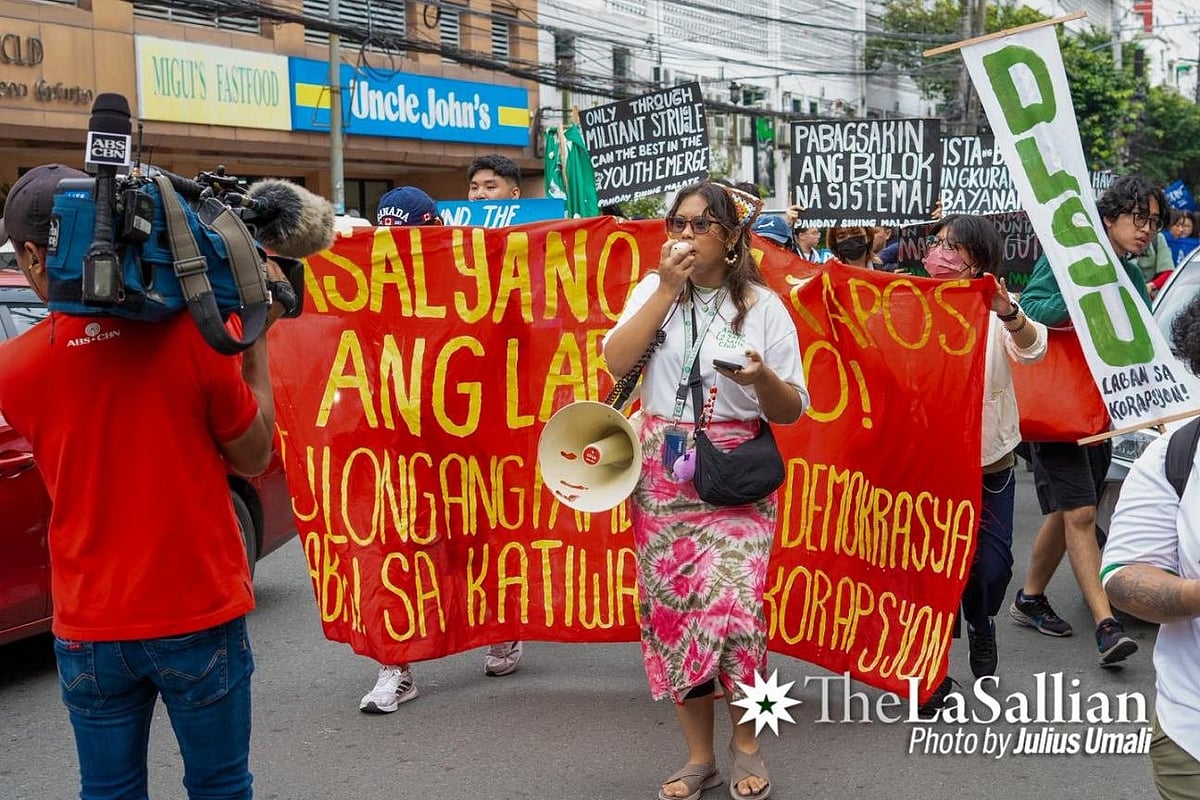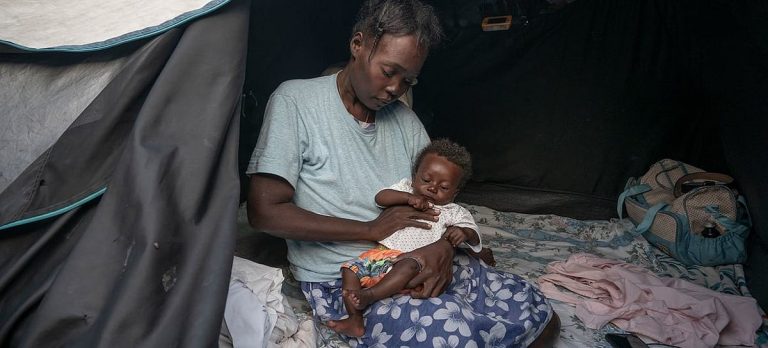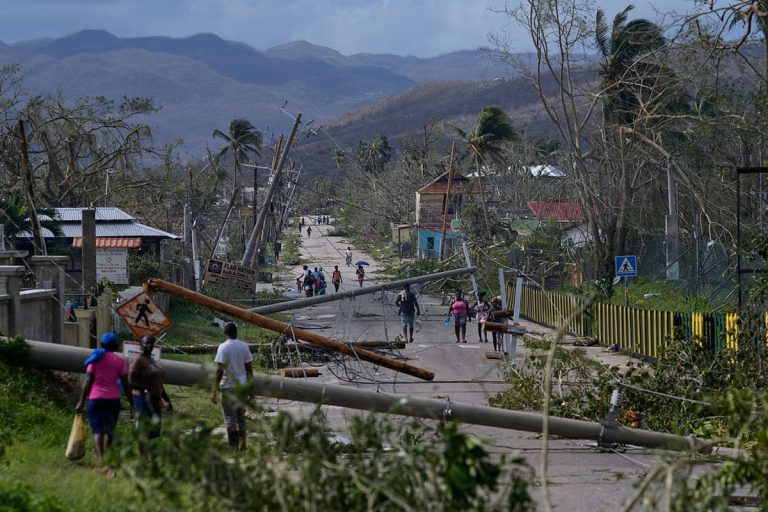Manila Students Stage Mass Walkout for Accountability
On October 17, 2025, thousands of students in Manila participated in a significant mass walkout, advocating for accountability and transparency in governance. This event was part of the “National Day of Action Against Corruption,” where students from various universities gathered to voice their concerns over rampant corruption and its impact on public welfare.
The Protest Movement
The demonstrations were organized by youth-led groups and received support from student councils, church organizations, and civil society. Central to the protests was the ongoing flood control scandal involving the Department of Public Works and Highways (DPWH). Reports of over 421 “ghost projects” and substandard infrastructure, which have reportedly cost the government approximately ₱1.9 trillion (around $32 billion) over the past 15 years, fueled public outrage. Protesters chanted slogans such as “Jail the corrupt!” and “No more, too much, jail them!” as they demanded thorough investigations, prosecution of those involved, recovery of misappropriated funds, and greater transparency in budgeting.
Student Participation Across Universities
The walkouts were coordinated across multiple campuses, showcasing a united front among students. At the University of the Philippines (UP) Diliman, over 3,000 students, faculty, and staff participated in “snake rallies,” beginning at 10 a.m. and culminating at Mendiola. Similarly, students from UP Manila blocked streets to protest budget cuts affecting infrastructure at their university and the Philippine General Hospital.
At De La Salle University (DLSU) and nearby St. Scholastica’s College, students formed a human chain and held a candlelight vigil, demanding accountability in the DPWH scandal and advocating for the reallocation of misappropriated funds to education and health services. This action was part of the “One Taft” alliance, which includes several schools along Taft Avenue, uniting against the dual crises of flooding and corruption.
Ateneo de Manila University students also joined the movement, rallying at the Red Brick Road and marching to Mendiola with banners calling for “truth and accountability.” Various student organizations, including the Sanggunian ng mga Mag-aaral and the League of Filipino Students-Katipunan, played pivotal roles in mobilizing support for the cause.
Despite inclement weather, students from the University of Santo Tomas (UST) participated in the walkouts, emphasizing the need for investigations into the financial mismanagement associated with the ghost projects. Other universities, including Mapua, Far Eastern University (FEU), and the Polytechnic University of the Philippines (PUP), also joined the protests, echoing calls for systemic reform.
A Resurgence of Student Activism
The recent protests reflect a resurgence of student activism in the Philippines, reminiscent of historical movements that sought social change. This wave of activism is characterized by a focus on systemic reform rather than violence, with organizers like Kilusang Bayan Kontra Kurakot pledging to escalate their efforts. They have warned that public pressure will persist until corrupt officials are held accountable.
Real-time coverage on social media platforms, particularly X, showcased the energy and participation of students, with videos of the marches garnering significant attention and support. As one UP Manila student remarked, “The fight continues in every classroom, campus, and community,” highlighting the determination of the youth to pursue accountability and justice.
Upcoming Events
Looking ahead, the student-led movement is gearing up for a larger demonstration, the “Trillion Peso March,” scheduled for November 30. This event aims to further amplify their demands for transparency and accountability in governance, particularly in light of the ongoing corruption issues that have plagued the country.
FAQs
What is the main focus of the student protests in Manila?
The protests primarily focus on demanding accountability for corrupt officials involved in the flood control scandal linked to the Department of Public Works and Highways, particularly regarding the issue of “ghost projects.”
How many students participated in the mass walkout?
Over 3,000 students from various universities, including UP Diliman and UP Manila, participated in the mass walkout, along with support from other institutions across the city.
What are the organizers planning for the future?
Organizers, including Kilusang Bayan Kontra Kurakot, are planning a larger demonstration called the “Trillion Peso March” on November 30, aimed at continuing the pressure for accountability and reform in governance.
Conclusion
The mass walkout by students in Manila marks a significant moment in the ongoing fight against corruption in the Philippines. As the movement gains momentum, the upcoming “Trillion Peso March” on November 30 will serve as a crucial opportunity for students to further their demands for accountability and transparency in government. The determination of the youth to effect change underscores the importance of civic engagement in addressing systemic issues.
Also Read:
Filipinos Express Major Concerns Over Government Corruption







